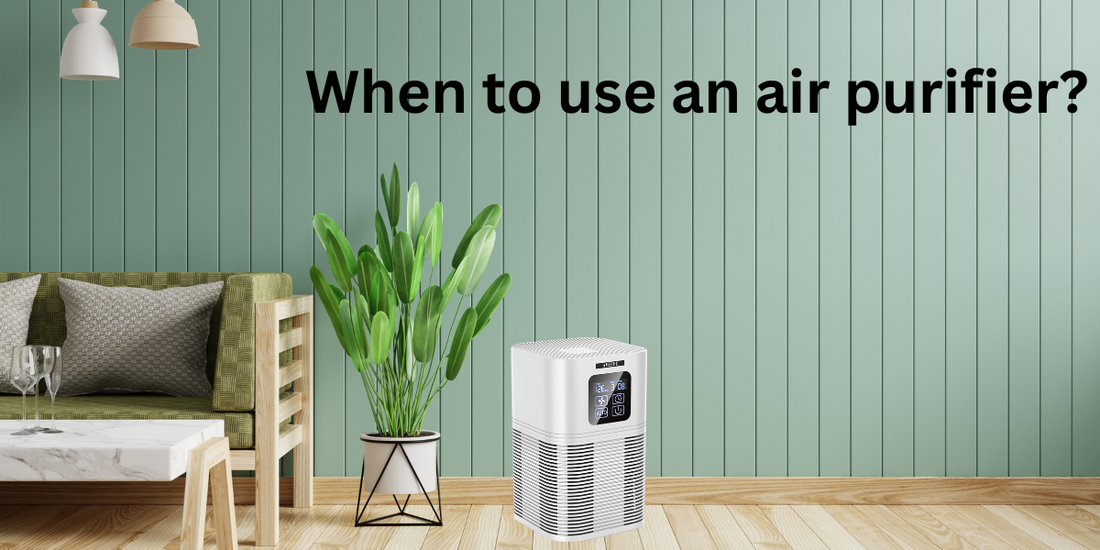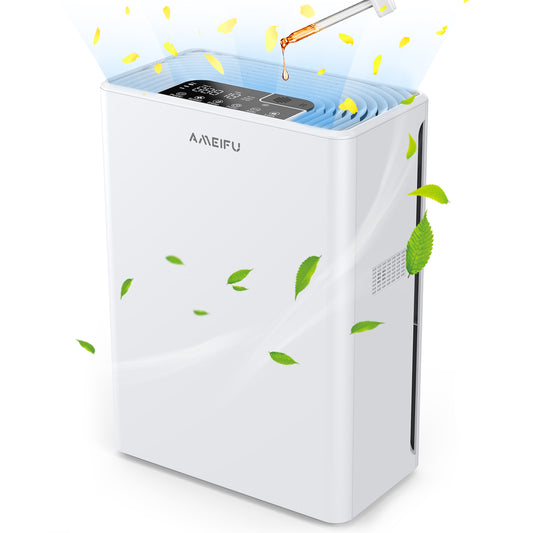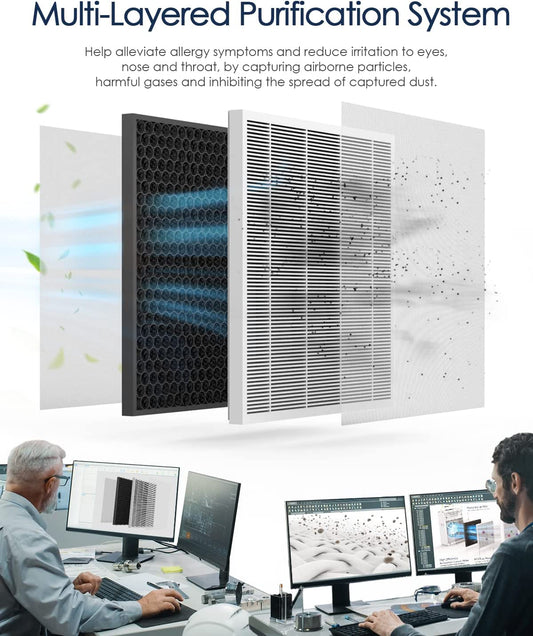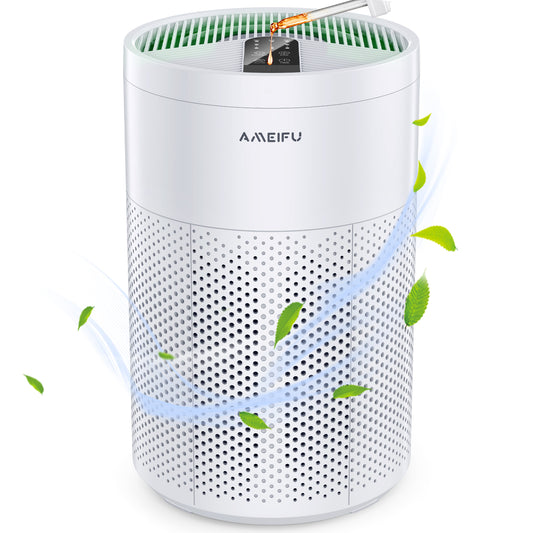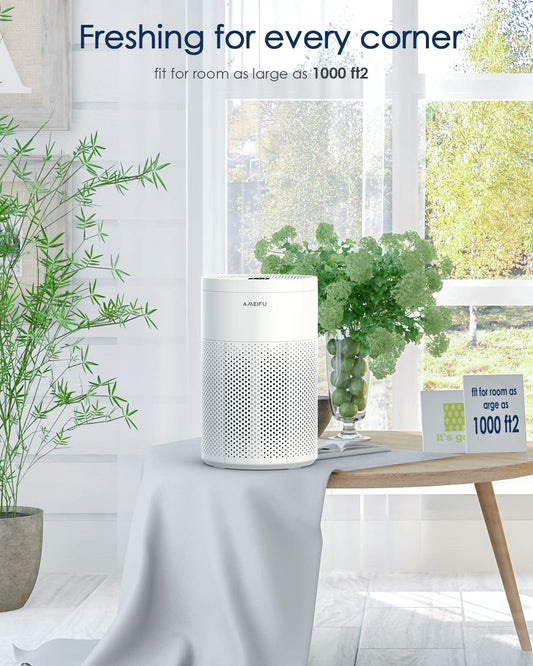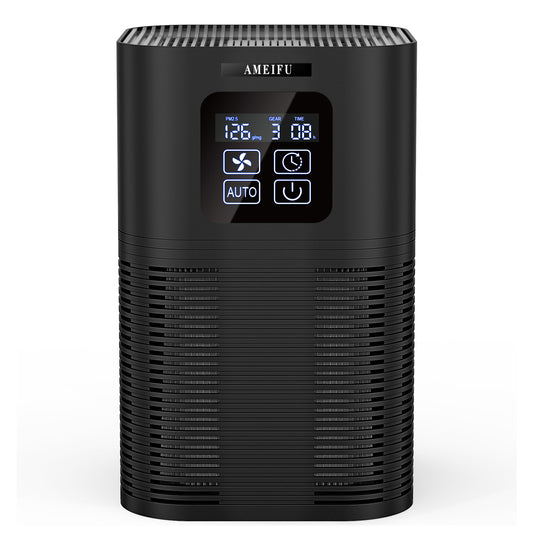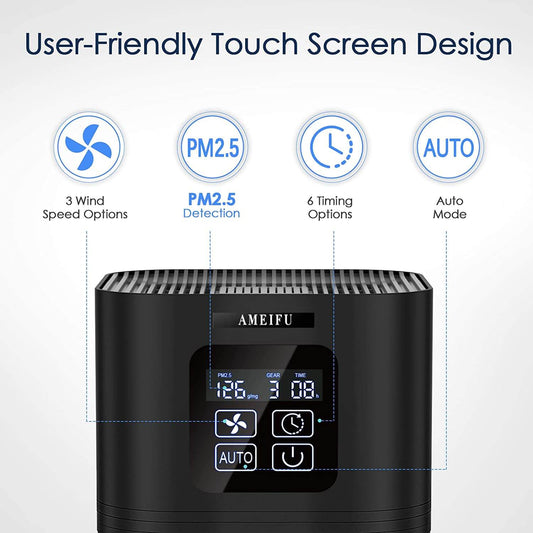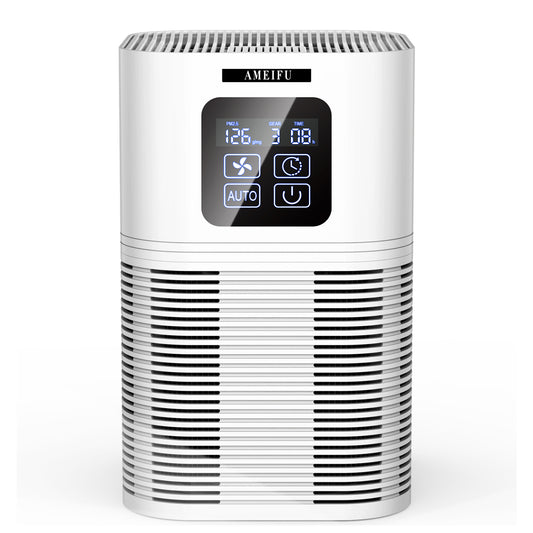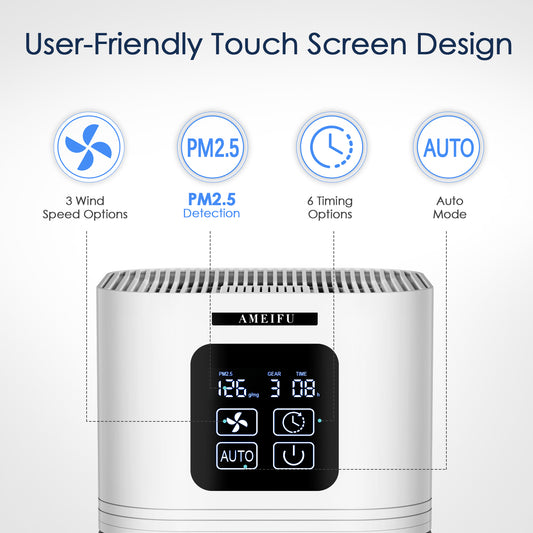Air purifiers have become increasingly popular for improving indoor air quality and promoting a healthier living environment. However, many people wonder when it is most appropriate to use an air purifier to maximize its benefits. In this article, we will explore different scenarios and provide guidance on when to use an air purifier effectively.
Understanding Air Quality Concerns
Indoor Air Pollution Sources
Indoor air can be contaminated by various pollutants, including dust, pet dander, pollen, mold spores, volatile organic compounds (VOCs), and odors. These pollutants can lead to allergies, respiratory issues, and overall discomfort. Identifying the sources of indoor air pollution is crucial in determining when to use an air purifier.
Specific Concerns
Different individuals may have varying concerns regarding indoor air quality. Some may be more sensitive to allergens, while others may be concerned about chemical odors or volatile organic compounds. Understanding your specific air quality concerns will help determine when to use an air purifier most effectively.
Determining When to Use an Air Purifier
Allergy and Asthma Seasons
For individuals with allergies or asthma, the changing seasons can bring about heightened symptoms. During allergy seasons or when pollen counts are high, using an air purifier can significantly reduce the presence of allergens in the indoor environment. Running the air purifier during these times can provide relief by capturing and removing airborne allergens.
Pet-Related Concerns
Pet owners often face challenges related to pet dander and odors. Running an air purifier consistently can help reduce pet dander particles in the air, which can trigger allergies. Additionally, air purifiers with activated carbon filters are effective in neutralizing pet odors, making them a valuable tool for maintaining fresh indoor air when pets are present.
During Home Renovations or Remodeling
Home renovations and remodeling projects can release harmful particles and chemicals into the air, such as dust, VOCs from paints, or formaldehyde from furniture. Using an air purifier during these activities helps capture and filter out these pollutants, ensuring a cleaner and healthier indoor environment for both occupants and workers.
High Outdoor Air Pollution
In regions with high levels of outdoor air pollution, using an air purifier regularly can provide relief from pollutants that seep indoors. Fine particulate matter, vehicle emissions, and industrial pollutants can negatively impact indoor air quality. By running an air purifier during periods of poor outdoor air quality, you can create a safe haven and improve the air you breathe inside.
Constant or Regular Use
For individuals who are highly sensitive to allergens, have respiratory conditions, or simply prioritize clean air, using an air purifier consistently is beneficial. Continuous use helps maintain a cleaner environment by capturing and removing airborne particles, allergens, and odors. This approach ensures a steady improvement in air quality and promotes better overall health and well-being.
Conclusion
Determining when to use an air purifier depends on specific concerns, seasonal factors, and individual needs. Whether you're dealing with allergens, pet-related issues, or specific air quality concerns, using an air purifier during relevant times can significantly improve indoor air quality. From allergy seasons to home renovations, high outdoor air pollution, or constant use, an air purifier is a versatile tool that can help maintain a cleaner and healthier living environment.

